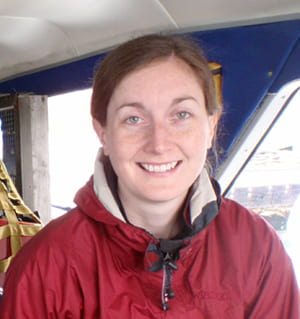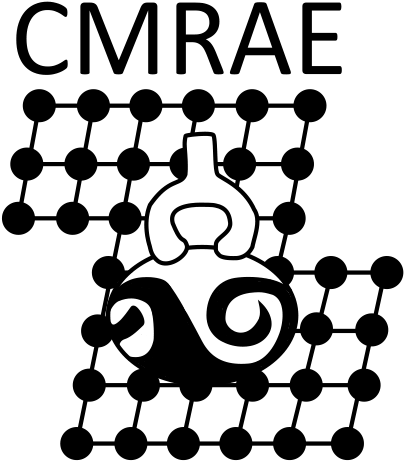
Boston University
Department of Archaeology
Room 339
675 Commonwealth Ave,
Boston, MA 02215
(617) 358-1652
cfwest@bu.edu
Profile
Catherine West’s research focuses on two questions in archaeology: 1) what are the effects of Holocene climate change and resource availability on prehistoric subsistence in Arctic and Subarctic ecosystems, particularly in coastal Alaska; and 2) how can we apply the archaeological record to contemporary environmental issues? To address these ideas, West uses zooarchaeological and stable isotope data in the context of historical ecology and evolutionary ecology to clarify the long-term relationship between hunter-gatherers and the environment. These research projects derive from contemporary concerns about the long-term effects of landscape change, invasive species introductions, and changing climate in northern regions. West’s current field project include survey and excavation on Alaska’s Kodiak Island, Chirikof Island, and the Aleutian Islands, and has been funded by the National Science Foundation, the Smithsonian Institution, and the National Geographic Society.
Selected Publications
West C, Gjesfjeld E, Anderson S, Fitzhugh B (2022). “Human Behavioral Ecology and the Complexities of Arctic Foodways. In Human Behavioral Ecology at the Coastal Margins: Global Perspectives on Coastal and Maritime Adaptations”. University Press of Florida.
West C, Etnier M, Parlow M, Barbeaux S, Orlov A (2022). “Distribution of Pacific cod (Gadus macrocephalus) in the North Pacific Ocean over the 6 millennia.” Quaternary Research 108:43-63.
West C, Burchell M, Andrus C (2017). “Shellfish and Paleoenvironmental Reconstruction in Island and Coastal Settings: Variability, Seasonality, and Sampling.” In Zooarchaeology in Practice, edited by Christina M .Giovas and Michelle Lefebvre, pp.191-208. Springer, New York.
West C, Hofman C, Ebbers S, Martin J, Shiraz S, Dunning S, Maldonado J (2017). “Integrating archaeology and ancient DNA to address invasive species colonization in the Gulf of Alaska.” Conservation Biology 31(5): 1153-1172.

